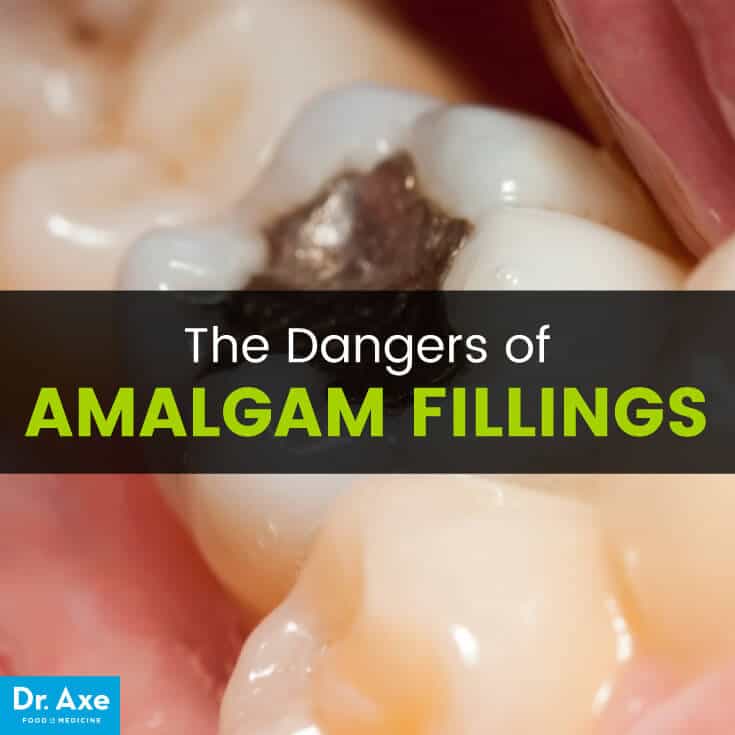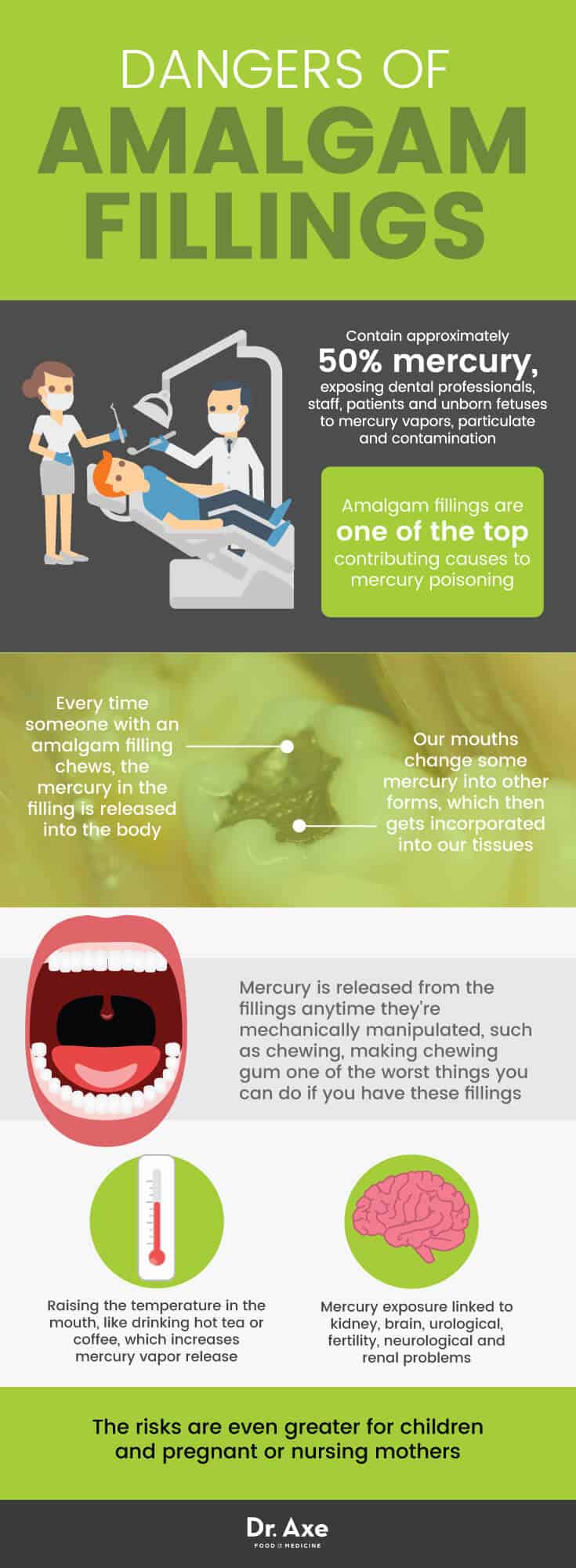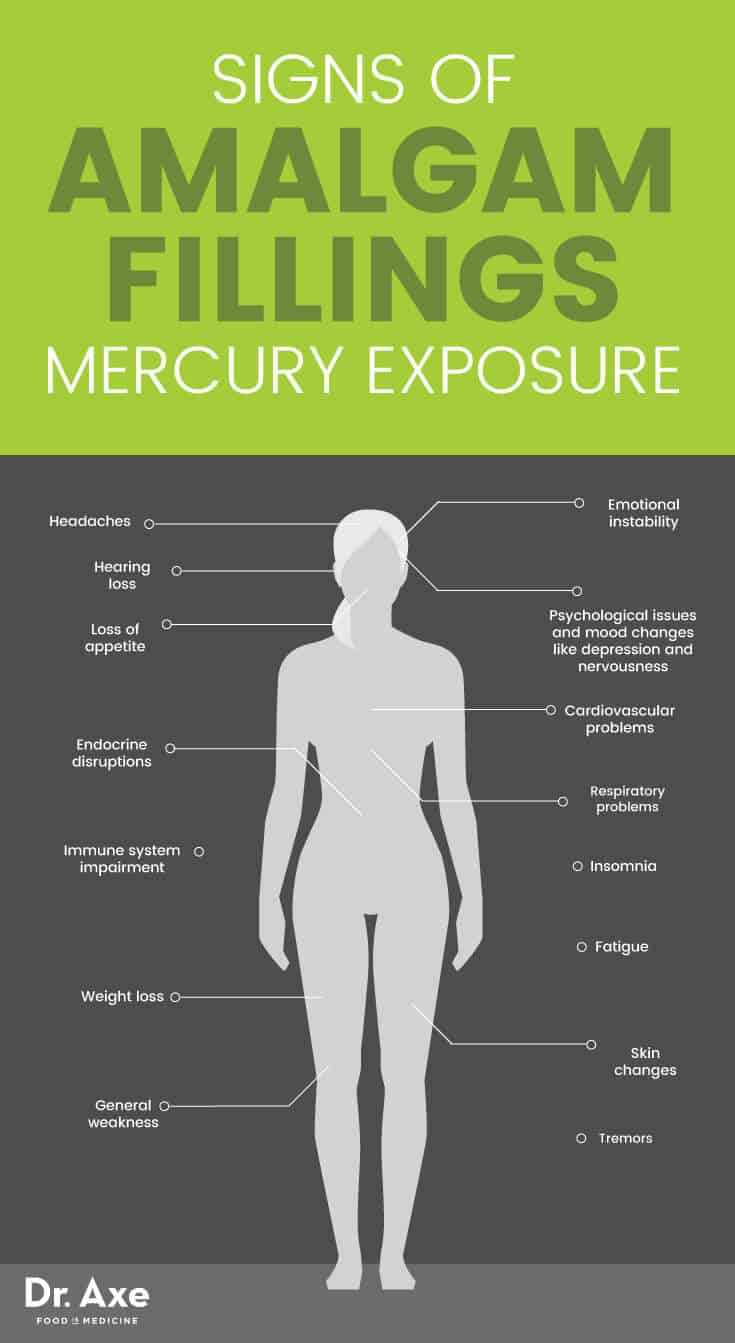This Dr. Axe content is medically reviewed or fact checked to ensure factually accurate information.
With strict editorial sourcing guidelines, we only link to academic research institutions, reputable media sites and, when research is available, medically peer-reviewed studies. Note that the numbers in parentheses (1, 2, etc.) are clickable links to these studies.
The information in our articles is NOT intended to replace a one-on-one relationship with a qualified health care professional and is not intended as medical advice.
This article is based on scientific evidence, written by experts and fact checked by our trained editorial staff. Note that the numbers in parentheses (1, 2, etc.) are clickable links to medically peer-reviewed studies.
Our team includes licensed nutritionists and dietitians, certified health education specialists, as well as certified strength and conditioning specialists, personal trainers and corrective exercise specialists. Our team aims to be not only thorough with its research, but also objective and unbiased.
The information in our articles is NOT intended to replace a one-on-one relationship with a qualified health care professional and is not intended as medical advice.
The Dangers of Amalgam Fillings
December 22, 2010

All amalgam fillings contain approximately 50 percent mercury, and research consistently shows that these fillings expose dental professionals, dental staff, dental patients and unborn fetuses to mercury vapor, mercury-containing particulate and additional forms of mercury contamination. (1) Mercury is a highly toxic element, and there’s no known safe level of exposure. Dentists have been using these mercury-laden dental amalgams for over a 100 years as filling material for tooth decay. But does a century-plus history of use make this filling choice safe when it comes to your health? The simple answer is NO!
The American Dental Association states that dental amalgam is considered a safe, affordable and durable material that’s been used to restore the teeth of more than 100 million Americans. (2) However, it’s a known fact that every time a person with an amalgam filling chews, the mercury within that filling is released into that person’s body. Mercury poisoning is a serious health concern around the world, and amalgam fillings are one of the top contributing causes.
If the Food and Drug Administration admitted the true risk of amalgam fillings, then literally millions of people would have to figure out whether or not they want to remove the fillings and, if yes, how to pay for the removal. The FDA’s ruling in 2009 reclassifying mercury and amalgam as both having greater risk (class II), but not outlawing them all together, is not that surprising because it would pose a major inconvenience for so many. But let me know tell you why removable just might be very much worth it and why you should opt for alternative fillings for the sake of your overall health.
Recent History
In 2009, the FDA reviewed scientific evidence presented in regard to the serious health hazards caused by having mercury-based fillings sitting in the mouths of millions of Americans. What the FDA learned then made it make a serious change.
On July 28, 2009, the FDA issued a final rule that reclassified mercury from a class I (least risk) device to class II (more risk) device and also classified dental amalgam as a class II device. Additionally, it designated a special controls guidance document for dental amalgam. (3)
In this guidance document, it even admit that “dental amalgam also releases low levels of mercury vapor, a chemical that at high exposure levels is well-documented to cause neurological and renal adverse health effects. Mercury vapor concentrations are highest immediately after placement and removal of dental amalgam but decline thereafter.”
So the FDA admits that the negative health side effects are specific and also well-documented, but it still wants to continue to use mercury in fillings even though there are better alternatives? It’s hard to believe, but that’s exactly what’s going on.
Clearly the FDA is admitting amalgam fillings are more dangerous than originally believed, but this is still not enough protection for the American public.
Amalgam 101
Do you have amalgam fillings? Chances are if you’ve ever had a cavity filled, it’s been filled with amalgam, which is the No. 1 filling choice for dentists across the country. Amalgam is composed of liquid mercury (about 50 percent by weight) and powdered alloy metals silver, tin and copper. This filling material appears silver in color, giving it the nickname “silver fillings.”
One FDA report states:
“The average filling has 1 gram of mercury and leaks mercury vapor continuously due to mercury’s low vapor pressure along with loss due to galvanic action of mercury with dissimilar metals in the mouth, resulting in significant exposure for most [people] with amalgam fillings.”
It continues and gets better (by better, I mean a lot worse): (4)
“Mercury vapor is transmitted rapidly throughout the body, easily crosses cell membranes, and like organic methyl mercury has significant toxic effects at much lower levels of exposure than other inorganic mercury forms.”
Amalgam fillings have been used for over a century. So what’s the problem? According to a plethora of scientific data, these amalgam fillings leach dangerous, toxic mercury into the bodies of everyone who has them. According to scientific research, both acute and chronic mercury exposure can cause adverse health effects during any period of development. In an ideal world, children as well as adults would never have any mercury in their bodies because this heavy metal provides absolutely zero physiological benefit. (5)
The effects of mercury-laden fillings are also very cumulative. So the longer you have amalgam fillings, the more mercury you likely have in your system.

Dangers of Amalgam Fillings
The Mayo Clinic states that a small amount of mercury (two to 20 micrograms a day) is released from an amalgam filling whenever it’s mechanically manipulated, such as by chewing. Chewing gum is one of the worst things you can do if you have amalgam fillings because it releases an amount of mercury “greatly above normal.” It also says that the normal flora present in our mouths changes some of the mercury into other forms, like methylmercury, which have been shown to be incorporated into the body’s tissues. (6)
So mercury vapors released from amalgam fillings increase with any type of of mechanical manipulation or stimulation. What does stimulation mean exactly? Think chewing, as in chewing your food, chewing on some gum or grinding your teeth. But stimulation can also come in the form of heat or dental procedures, such as a tooth cleaning.
With simple stimulation that occurs every day in a person’s mouth, the dangerous, toxic mercury vapors released increases. Do you ever drink hot tea or coffee? This simple, enjoyable indulgence raises the temperatures in your mouth, which is yet another cause of increased mercury vapor release. Ever get a piece of meat that’s a bit tough or pop a stick of gum in your mouth? This agitation again increases the mercury vapors released into your mouth, which then travels through the rest of your body.
Mercury exposure, both in one large dose and through low-level exposure over time, is linked through scientific data to kidney, brain, urological, fertility, neurological and renal problems. These problems are even more severe in children and developing fetuses.
One 2013 article written by Dr. Jonathan B. Levine talks about the conflicting research that has taken place in Sweden and the United States. In Sweden, several studies demonstrated that when people with pre-existing neurological and health issues (like chronic fatigue-type symptoms) had amalgams removed, 78 percent of the subjects reported improvement in their health status. Meanwhile in the U.S., FDA and National Institutes of Health sponsored studies said, “The current data is insufficient to support an association between mercury release from amalgams and the various complaints that have been attributed to this restorative material.” (7)
It’s vital to note here that the impact of amalgam on children and pregnant and nursing women is of even greater concern. Even the FDA has warned dentists and the public about the potential impact on developing fetuses and small children with amalgam fillings. (8) The health hazards increase for both of these groups, and they should avoid amalgam fillings at all costs.
Signs and Symptoms of Mercury Exposure
At least 100 mercury poisoning symptoms directly or indirectly result from chronic mercury poisoning. The number and severity of mercury poisoning symptoms depend on several factors, like: (9)
- how many fillings you have
- how long you’ve had them
- how they’re stimulated
- how often they’re stimulated
Some of the many possible symptoms of mercury poisoning from amalgam fillings include: (10)
- Emotional instability
- Loss of appetite
- General weakness
- Fatigue
- Skin changes
- Cardiovascular problems
- Endocrine disruptions
- Headaches
- Insomnia
- Immune system impairment
- Hearing loss
- Psychological issues and mood changes like depression and nervousness
- Respiratory problems
- Tremors
- Weight loss
As you can see, the list of symptoms from amalgam filling poisoning is long and varied. As with all types of symptoms and signs of health issues, they can vary from person to person as each person’s body chemistry is different, resulting in a variety of symptoms. If you have a mouth full of (or even just a few) amalgam fillings, I urge you to look into having them safely removed.
Steps to Take If You Have Amalgam Fillings
If you do have amalgam fillings, you’ll need to contact a holistic health care practitioner for advice on safe removal, nutritional support and detoxification from mercury exposure. Visit the American College for Advancement in Medicine (ACAM) to find a holistic physician to help you with safely dealing with amalgam fillings you may already have.
During the days immediately following amalgam removal, your body mercury levels will likely increase before they decrease. If you take proper protective measures with the help of a professional, your mercury levels should fall significantly within a couple of weeks after removal. Chronic conditions you’ve experience while having the fillings might get worse temporarily, but as long as adequate precautions are taken to reduce exposure during removal, you should see improvement very soon in your overall health.
It’s vital to arm yourself with information and take action to protect yourself and your family from the dangers of mercury exposure in your own mouth. According to the World Health Organization, dental amalgam for dental fillings makes the list of non-essential mercury-containing products that should be phased out. (11) I wish dentists would stop the use of them immediately, but at least they’re somewhat recognizing the danger with the “phase out.” I highly encourage you to take your own health more seriously and act now.
The removal of amalgam fillings has been shown to improve many serious and chronic health concerns, including: (12)
- Periodontal (gum) disease
- Immune system and autoimmune problems
- Allergies
- Asthma
- Chronic headaches/migraines
- ADD/ADHD
- Tachycardia and heart problems
- Blood conditions
- Crohn’s disease
- Gastrointestinal problems
- Dizziness/vertigo
- Arthritis
- Lou Gehrig’s disease/ALS
- Alzheimer’s disease
- Parkinson’s disease
- Chronic fatigue syndrome
- Memory disorders
- Fibromyalgia
- Infertility
- Depression
- Insomnia
- Anxiety
- Susceptibility to infections
- Antibiotic-resistant infection
- Sinus problems
- Hearing loss
- Chronic eye/vision conditions
- Eczema and other skin conditions
- Thyroid problems
- Candida
- PMS
- Diabetes

Alternatives
There are definitely much better and healthier options than amalgam fillings. These options include composite fillings, glass and plastic ionomers, and gold foil. In the near future, stem cell fillings might even be an option.
If you’re concerned (as you should be) about the toxicity of amalgam fillings, contact a consumer advocacy group where you’ll find needed information about amalgam fillings, what to do, and what dentists in your area can help you safely remove your own amalgam fillings and replace them with materials proven to be safe. The proper methods of removal must be used, or you can end up causing even more damage to your body.
The following list provides some links that will help guide you in the right direction based on your individual circumstances:
Final Thoughts
Ideally, we should all do our best to avoid the need for any type of dental fillings from the get-go. If you do find that you have a cavity, you should check out my previous article: How to Reverse Cavities Naturally & Heal Tooth Decay. Most conventional dentists will never tell you that cavities are reversible. They also most likely won’t warn you that your current or future amalgam fillings can really negatively affect your health.
The good news it that there are dentists out there these days who are more holistically minded. They’re not only aware of the mercury poisoning issues swarming around the use of amalgam fillings, but they also have dental practices that do not use any mercury fillings and even specialize in the proper removal of these terrible silver fillings.
If you can take the time to do a little homework and you can afford the removal costs, I highly recommend that you say goodbye to any amalgam fillings taking up prime real estate in your mouth as soon as possible.








